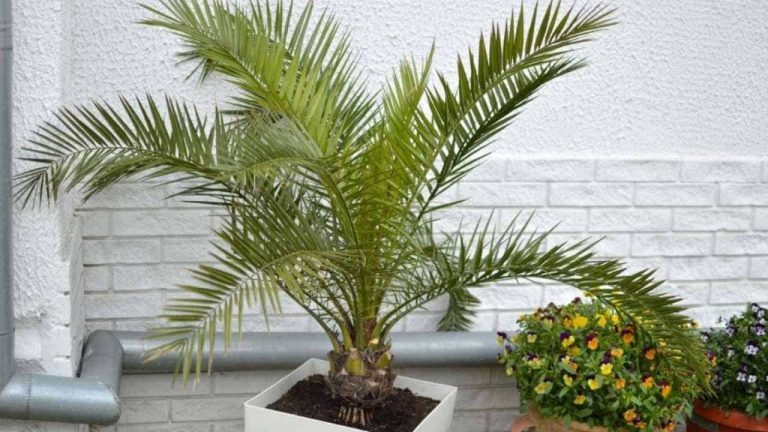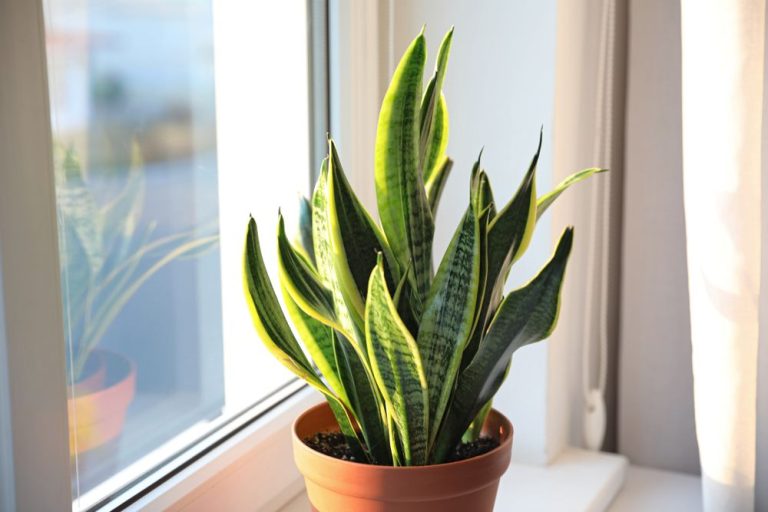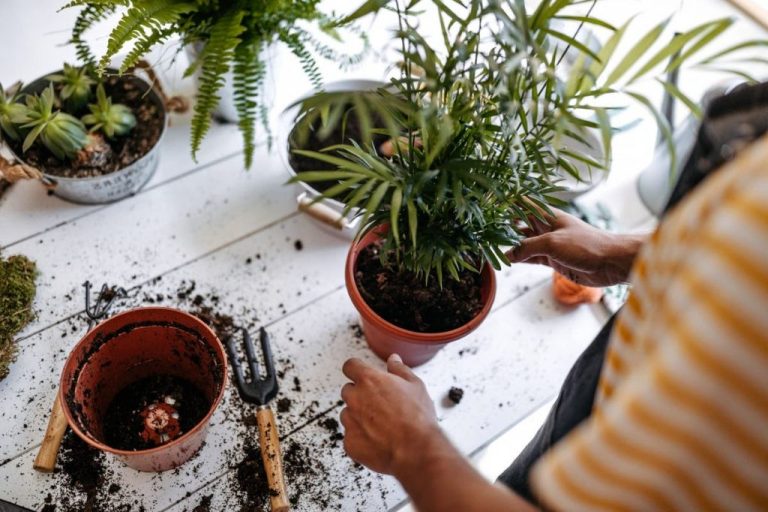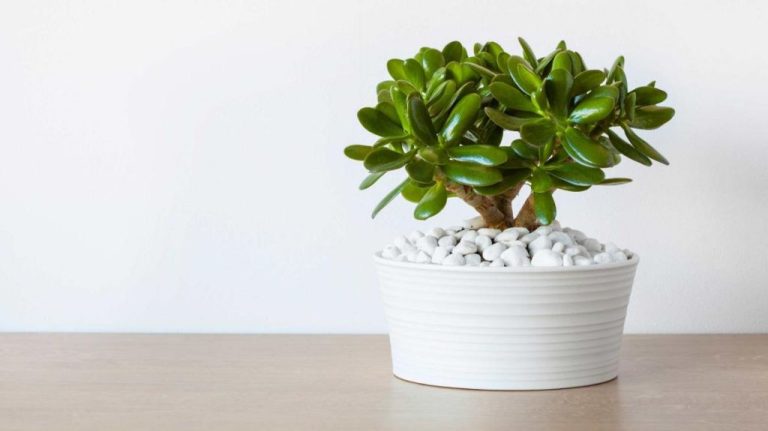Essential Guide To Caring For Philodendron Plants
Choosing the Right Philodendron Variety
There are over 200 species and cultivars of philodendron to choose from, with a wide diversity of leaf shapes, sizes, and colors. Some of the most popular varieties to grow as houseplants include:
- Heartleaf Philodendron (Philodendron scandens) – One of the most common varieties, this philodendron has heart-shaped, green leaves and trailing vines. It’s easy to care for and tolerate beginner mistakes. (Source 1)
- Brasil Philodendron (Philodendron hederaceum ‘Brasil’) – Distinguished by its yellow-green variegated leaves, the Brasil philodendron is a vining plant that looks great in hanging baskets. It’s a low maintenance, hardy variety. (Source 2)
- Xanadu Philodendron (Philodendron xanadu) – This upright, non-climbing philodendron has large, deeply lobed leaves. It’s a compact variety that’s suitable for desks and tabletops. Xanadu does not vine or trail. (Source 3)
Other popular varieties are the Philodendron Pink Princess, Philodendron Micans, and Philodendron Golden Goddess. Do some research to pick a philodendron suited to your space and needs.
Ideal Light Conditions
Philodendrons prefer bright, indirect sunlight (Source: https://greg.app/plant-care/heartleaf-philodendron). This means they thrive in spots that receive a good amount of light throughout the day, but are protected from direct sun rays. Direct sunlight can scorch the leaves. The ideal light conditions indoors would be next to a bright, south or west-facing window where the plant gets 4-6 hours of bright, indirect sun. Sheer curtains can help diffuse the direct rays of the sun.
When moving a philodendron outside for the warmer months, it’s important to acclimate it slowly to prevent sun damage (Source: https://greg.app/split-leaf-philodendron-light-requirements/). Start by placing it in partial shade and gradually increase the amount of sun exposure over the course of a week or two. Once acclimated, most philodendrons can tolerate several hours of morning or late afternoon sun. Just be sure to bring them back inside before temperatures start dropping in the fall. The leaves can suffer damage once temperatures dip below 50°F (10°C).
Watering Needs
Philodendrons need soil that is allowed to dry out between waterings. The top inch of soil should be dry before watering again, typically every 1-2 weeks depending on humidity and temperature (https://bonsaimary.com/how-often-to-water-philodendron.html). Letting the soil dry out helps prevent root rot. Check the soil moisture by inserting your finger into the top inch of soil.
Water less often in the winter when growth has slowed. Reduce watering to allow the soil to dry out 1-2″ deep before watering again. Water more frequently in the summer when the plant is actively growing. Aim to keep soil consistently moist but not soggy during summer (https://www.gardenerreport.com/how-often-and-how-much-to-water-philodendrons/).
When watering, pour water until it runs from the drainage holes at the bottom of the pot. This ensures thorough watering. Allow excess water to drain completely to avoid standing water.
Humidity Preferences
Philodendrons thrive in humid conditions, with an ideal humidity range of 50-70% (Source). The large, lush leaves of philodendrons require sufficient moisture in the air to stay perky and vibrant. Enjoy increased humidity by misting the plant daily, using a humidifier, grouping plants together, or placing the pot on a pebble tray filled with water.
Signs that your philodendron needs more humidity include dry, brittle foliage, brown leaf tips, or leaves that are curling under at the edges. Drooping or mushy leaves can indicate too much humidity. Use a hygrometer to monitor the humidity level around your plant.
Maintaining proper humidity helps philodendrons develop strong, healthy leaves and avoid pest problems. The tropical origins of these plants make humidity a key factor for success when growing philodendrons indoors.
Ideal Temperature Range
Philodendrons thrive best with temperatures between 65-80°F. In their native tropical habitats, daytime highs average 75-85°F and nighttime lows around 65-70°F (source: https://hgic.clemson.edu/factsheet/philodendron-pothos-monstera/). This warm, stable temperature range provides ideal conditions for healthy growth.
Temperatures lower than 50°F can damage philodendrons (source: https://microveggy.com/what-temperature-is-too-cold-for-philodendron/). The plants cannot withstand frost or freezing conditions. Exposure to temperatures below 50°F causes leaves to yellow, brown, or blacken. Lower temperatures also slow growth dramatically.
On the warmer end, philodendrons can tolerate temperatures up to 90°F, but extended heat over 85°F can cause stress, stunted growth, and leaf scorching. Providing the ideal range between 65-80°F allows philodendrons to thrive.
Soil Needs
Philodendrons prefer a well-draining, rich potting mix that allows oxygen to reach the roots. Avoid dense soils that retain too much moisture and muddy up the pot. The ideal potting soil is light and fluffy, yet able to retain some moisture. An aerated mix with ingredients like peat moss, perlite, bark chips, and coco coir will provide good drainage. You can make your own blend or purchase a pre-mixed potting soil marketed for tropical plants.
Fertilizer Recommendations
Philodendrons benefit from fertilizer during the growing season to support healthy growth. The ideal fertilizer for philodendrons is a balanced liquid houseplant fertilizer. Look for a fertilizer where the three numbers on the label are equal or close to equal, such as 10-10-10. This indicates a balanced ratio of nitrogen, phosphorus, and potassium.

Fertilize philodendron plants every 2-4 weeks from spring through fall when the plants are actively growing. It’s best to dilute the fertilizer to half strength before applying it. Always follow the directions on the fertilizer packaging for accurate dilution rates. Feed the plants until a little fertilizer starts to drip out the bottom of the pot, then stop. This ensures the roots get thoroughly fertilized without buildup of excess salts.
During the winter when growth slows, stop fertilizing philodendrons. Resume fertilizing when you see new growth in spring. Providing philodendrons with a balanced fertilizer during the growing season encourages lush, vibrant growth and healthy, beautiful leaves.
Source: https://www.pinterest.com/ideas/philodendron-soil-recipe/961148226662/
Pruning Advice
Pruning is an important part of caring for philodendron plants to promote bushy growth and remove any dead or dying foliage. The best time to prune is during the active growing season in spring and summer. Use clean, sharp scissors or pruning shears to make cuts.
Start by removing any dead, yellowing, or damaged leaves and stems by cutting all the way down to the base of the plant. This helps improve the overall appearance and redirects energy to new growth.
You can also prune to control the shape and size if the philodendron is getting too large or leggy. Cut back extra long vines or trim off rogue stems to form a more compact, tidy shape. Make cuts just above leaf nodes to encourage new stems to sprout.
Pruning triggers increased branching, so your philodendron will become bushier after a trim. Be careful not to overprune, as drastic cuts can shock the plant. Stick to removing no more than one third of the foliage at a time.
According to Philodendron Growth Stages: Unveiling The Mysteries | Everything Tropical Plants, the best time to prune philodendron plants is during the active growth stage in spring or summer. This encourages the plant to grow new foliage and become fuller.
Repotting Guidance
Philodendrons need to be repotted every 2-3 years in the spring to refresh the soil and allow room for new growth. The best time to repot is in early spring before the growing season begins. Select a pot that is only 1-2 inches larger than the current pot to prevent overpotting.
Use a well-draining soil mix for philodendrons. A good mix contains equal parts peat moss or coconut coir, perlite or pumice, and compost. Make sure the pot has drainage holes to prevent root rot. Gently remove the philodendron from its old pot and loosen any tightly wound roots before placing it in the new container. Fill the pot with soil mix, firming it down around the roots. Water thoroughly after repotting and place in a bright location while it recovers from transplant stress.
Repotting stimulates root growth and gives the plant fresh soil. It’s important not to skip this step, as philodendrons left in old pots with dense root balls won’t thrive. Every 2-3 years in spring is the ideal repotting time for a healthy, growing philodendron.
Pest and Disease Prevention
Two of the most common issues that can afflict philodendron plants are pests like spider mites and fungal diseases. It’s important to regularly check the leaves and stems of your philodendron for any signs of infestation or disease.
Spider mites are tiny pests that suck nutrients and moisture from the plant, causing stippling, discoloration, and wilting of leaves. Check the undersides of leaves for evidence of webbing and tiny red or black dots, which are the mites themselves. Spider mite infestations can spread rapidly, so it’s important to take action as soon as they are detected. Wipe leaves down with a damp cloth to remove webs and mites, or use insecticidal soap or neem oil as organic treatment options (source).
Diseases like bacterial leaf spot, root rot, and botrytis blight can also impact philodendrons. Look for spots, lesions, yellowing, and rot on leaves or roots. Improve air circulation, avoid overwatering, and promptly remove affected parts of the plant. Use a fungicide for treatment if the disease is spreading (source). Catching pests and diseases early is key to saving your philodendron.






